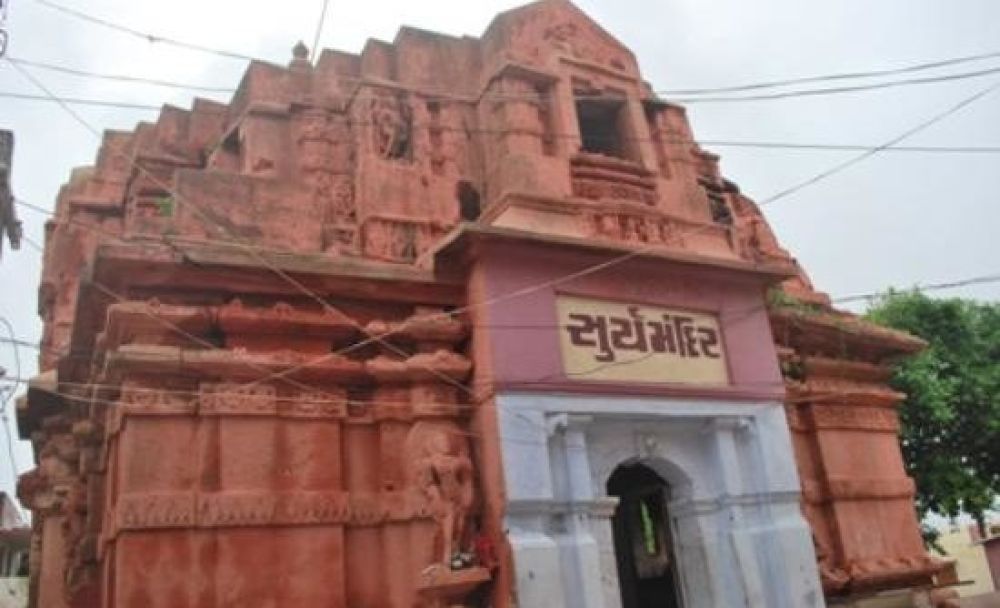

The Suraj Mandir or Sun Temple is a remarkable testament to the architectural prowess of Gujarat's ancient times. Nestled in the pilgrimage town of Somnath, the temple draws not only devout pilgrims but also history enthusiasts and lovers of art and architecture from around the world.
The temple's history traces back to the ancient times when it was revered as one of the glorious centers of sun worship in the region. Although the original construction period is not precisely documented, it is believed that the Suraj Mandir dates back to before the Common Era, making it a significant historical site in Gujarat. Through the centuries, the temple has withstood the sands of time, although it faced several invasions during the medieval period.
Suraj Mandir’s architectural style is indicative of the Gujarat Pratihara style, characterized by intricate carvings, and finely sculpted images of Hindu gods, goddesses, and mythical creatures. The sanctum is designed to receive the first rays of the morning sun, hence reinforcing the temple's connection with Surya, the Sun God. The temple once featured stunning exteriors with elaborate carvings, although much of it has been eroded or damaged over time.
Tourism at Suraj Mandir started gaining momentum in the 20th century as historians and archaeologists began shedding light on the significance of the ancient structures in the area. With the rise of cultural and heritage tourism, Suraj Mandir, along with other temples in and around Somnath, soon became focal points for tourists seeking a blend of devotion and appreciation for India's ancient history.
In recent years, there has been a conscious effort by the tourism department to promote sustainable tourism in the region. Tourists are now more aware of the ecological and cultural sensitivity of the area and are encouraged to respect the site's integrity. Digital advancements have also led to the creation of virtual tours and augmented reality experiences that allow distant admirers to explore the temple's architectural beauty online.
For those planning to visit, the temple is part of a larger circuit which includes the renowned Somnath Temple, one of the twelve Jyotirlingas, the Bhalka Tirth where Lord Krishna is believed to have been mortally wounded, and the nearby pristine beaches. The best time to visit is between October and March when the weather is pleasant, making sightseeing and exploration a comfortable experience.
The Archaeological Survey of India has recognized the historical significance of the Suraj Mandir and is actively involved in its conservation. Efforts are made to maintain the structural integrity while ensuring that visitors get to experience the temple's historical context and architectural grandeur.
The Suraj Mandir stands as a silent but powerful witness to the incredible legacy of Gujarat's ancient cultural landscape. It offers a unique peek into the spiritual and architectural heritage that has shaped the region for millennia. Whether you are a history buff, spiritual seeker, or just a curious traveler, the Suraj Mandir is a destination that promises a journey through time and a glimpse into India's splendid past.